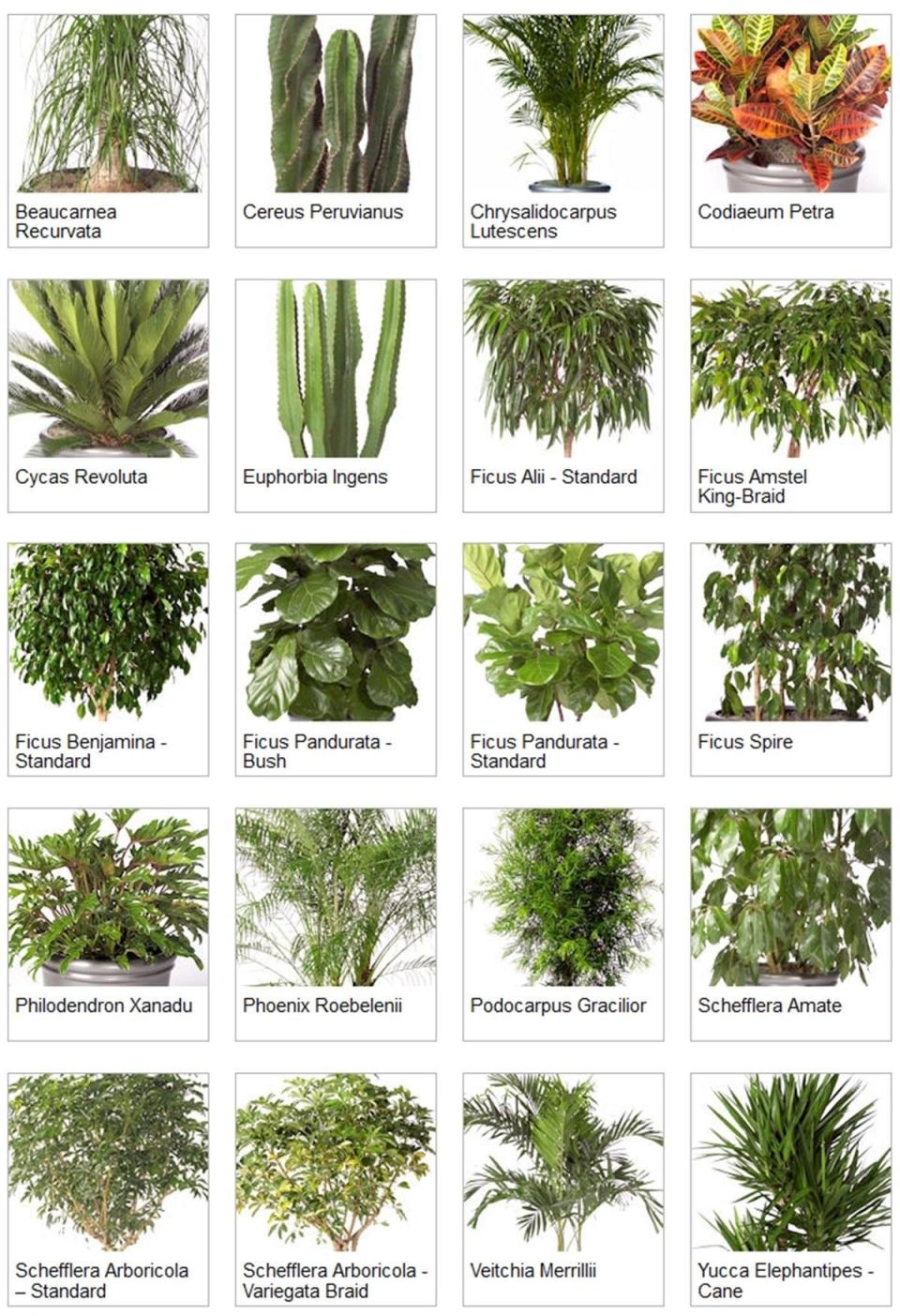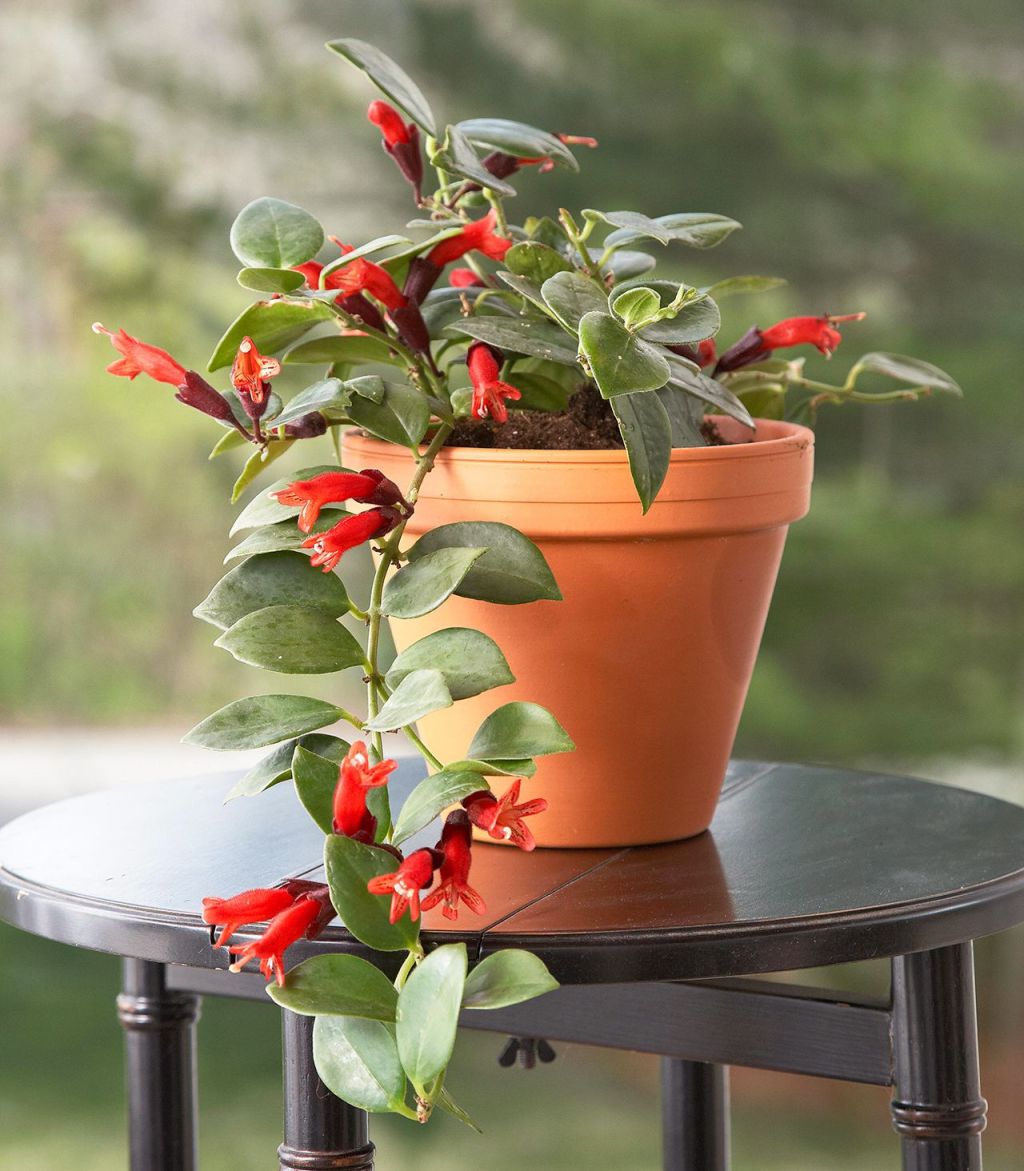Spot The Blooms: Easy Tips For Identifying Flowering House Plants

Flowering House Plants Identification: A Guide to Beautifying Your Home
What do you mean by Flowering House Plants Identification?
Flowering house plant identification refers to the process of recognizing and categorizing different types of plants that bloom indoors. These plants add a touch of natural beauty to our living spaces, creating a calming and visually appealing environment. Identifying flowering house plants is crucial for their care, as each species has unique needs and requirements.
How to Identify Flowering House Plants?

Identifying flowering house plants can be an exciting and rewarding journey. Here are some steps to help you get started:
1. Observe the characteristics: Examine the plant’s leaves, flowers, stems, and overall growth habit. Pay attention to the shape, color, texture, and size of these features. This can provide valuable clues for identification.
2. Utilize online resources: There are numerous websites, forums, and apps dedicated to plant identification. Upload clear pictures of the plant and browse through databases to find potential matches. Compare your findings with the plant’s characteristics.
3. Seek expert assistance: If you are still unsure about the identification, consult with local nurseries, horticulturists, or botanists. They possess extensive knowledge and experience in identifying various house plant species and can provide accurate information.
4. Use field guides and books: Invest in reliable plant identification books or field guides. These resources contain detailed descriptions, illustrations, and vital information about different flowering house plants.
What is known about Flowering House Plants Identification?
Flowering house plants come in a wide variety of species, each with its own unique characteristics. Some popular flowering house plants include African violets, orchids, peace lilies, geraniums, and begonias. Identifying these plants can help you understand their specific care requirements, such as watering, lighting, and temperature preferences. Additionally, knowing the type of plant you have allows you to research any potential toxicity concerns or special considerations.
Solution: The Importance of Identifying Flowering House Plants
Identifying flowering house plants is essential for their proper care and maintenance. Here’s why:
1. Tailored care: Different flowering house plants have specific care needs. Identifying your plant ensures that you provide it with the appropriate amount of water, sunlight, humidity, and fertilization, promoting healthy growth and vibrant blooms.
2. Pest and disease management: Each plant species is susceptible to specific pests and diseases. By identifying your plant, you can proactively monitor and address any issues that may arise, preventing potential damage or infestations.
3. Aesthetics: Flowering house plants bring beautiful colors and fragrances to our indoor spaces. By identifying and selecting the right plants, you can curate a harmonious and visually appealing display that suits your personal taste and complements your home decor.
4. Troubleshooting: When your plant faces any issues, such as wilting, yellowing leaves, or lack of blooming, identifying the species can aid in troubleshooting the problem. You can research common issues faced by that particular plant and take appropriate measures to rectify the situation.
Information about Flowering House Plants Identification
When identifying flowering house plants, it is essential to consider various factors and gather relevant information. Here are some key aspects to keep in mind:
1. Types of flowering house plants: Familiarize yourself with the different types of flowering house plants and their distinct characteristics. This knowledge will help you narrow down your search and identify potential matches.
2. Leaf patterns and shapes: Observe the shape, color, texture, and patterns of the plant’s leaves. Some leaves may be smooth, others may be variegated or have unique patterns that can aid in identification.
3. Flower types: Take note of the shape, color, size, and fragrance of the flowers. Some plants have distinct bloom patterns, such as clusters, spikes, or single large flowers.
4. Growth habit: Examine the plant’s overall growth habit, whether it is a trailing vine, bushy, or upright. This characteristic can provide clues about the plant’s family or genus.
5. Leaf arrangement: Determine whether the leaves are arranged opposite each other, in an alternate pattern, or in a rosette formation. Leaf arrangement is another identifying feature.
6. Unique features: Some flowering house plants have unique characteristics like thorns, swollen stems, or specialized structures. Noting these features can greatly assist in identification.
By considering these aspects and gathering information about flowering house plant identification, you can confidently recognize and care for the plants in your home.
Conclusion
Identifying flowering house plants is an exciting journey that can enhance your indoor gardening experience. By paying attention to the plant’s characteristics, utilizing online resources, seeking expert assistance, and referring to field guides, you can confidently identify and care for your beloved house plants. Proper identification enables you to provide tailored care, manage pests and diseases effectively, enhance the aesthetics of your home, and troubleshoot any issues that may arise. So, dive into the world of flowering house plants and create a delightful and vibrant space within your home!
Frequently Asked Questions (FAQs)
1. How often should I water my flowering house plants?
Watering requirements vary among different flowering house plants. It is essential to research the specific watering needs of your plant and consider factors such as the plant’s size, potting medium, and environmental conditions. Generally, it is better to underwater than overwater flowering house plants to prevent root rot.
2. Can I grow flowering house plants in low-light areas?
While some flowering house plants thrive in low-light conditions, most require moderate to bright indirect sunlight for optimal growth and blooming. However, you can choose shade-tolerant species such as peace lilies or snake plants for areas with limited natural light.
3. Are all flowering house plants safe for pets?
No, not all flowering house plants are safe for pets. Some plants can be toxic or cause allergies in cats, dogs, or other animals. Before bringing any flowering house plant into your home, research its potential toxicity and keep it out of reach of curious pets.
4. How can I encourage my flowering house plant to bloom?
To encourage blooming, ensure your flowering house plant receives the right amount of light, proper fertilization, and adequate humidity. Some plants may require a dormant period or specific temperature fluctuations to initiate blooming. Research the specific requirements of your plant and provide the necessary care to promote blooming.
5. Can I propagate flowering house plants?
Yes, many flowering house plants can be propagated through various methods such as stem cuttings, leaf cuttings, or division. Research the specific propagation techniques for your plant, gather the necessary tools, and follow the appropriate steps to propagate your flowering house plants successfully.

I am a beginner writer who continues to learn and consistently creates informative articles to express the ideas that I master.